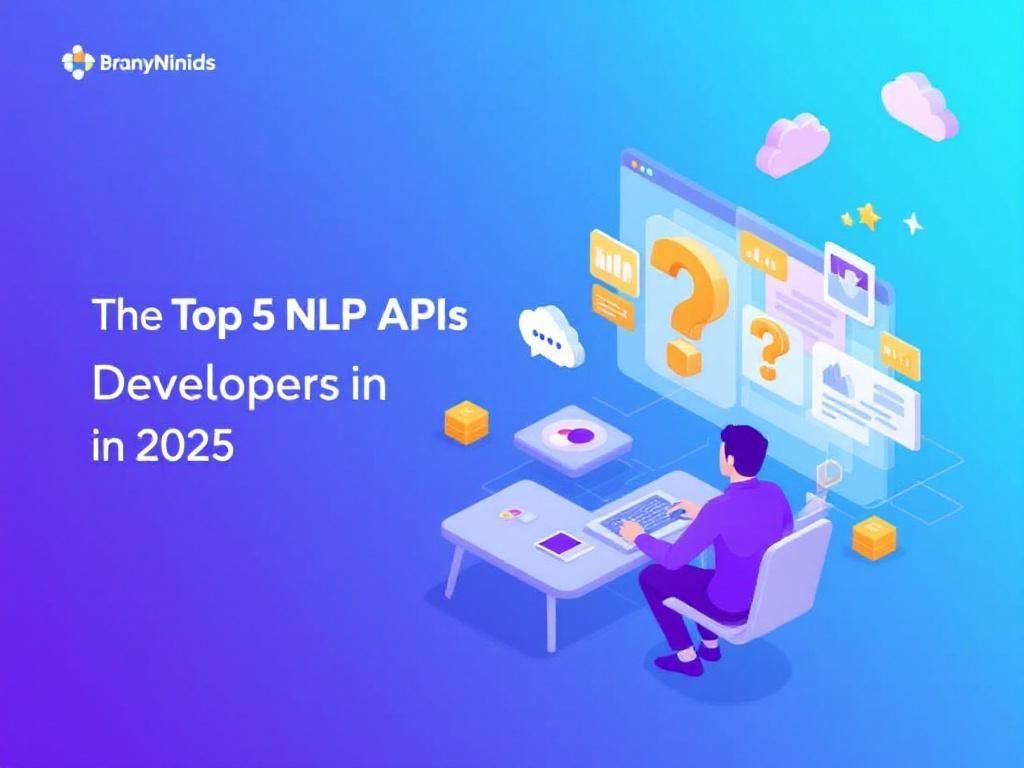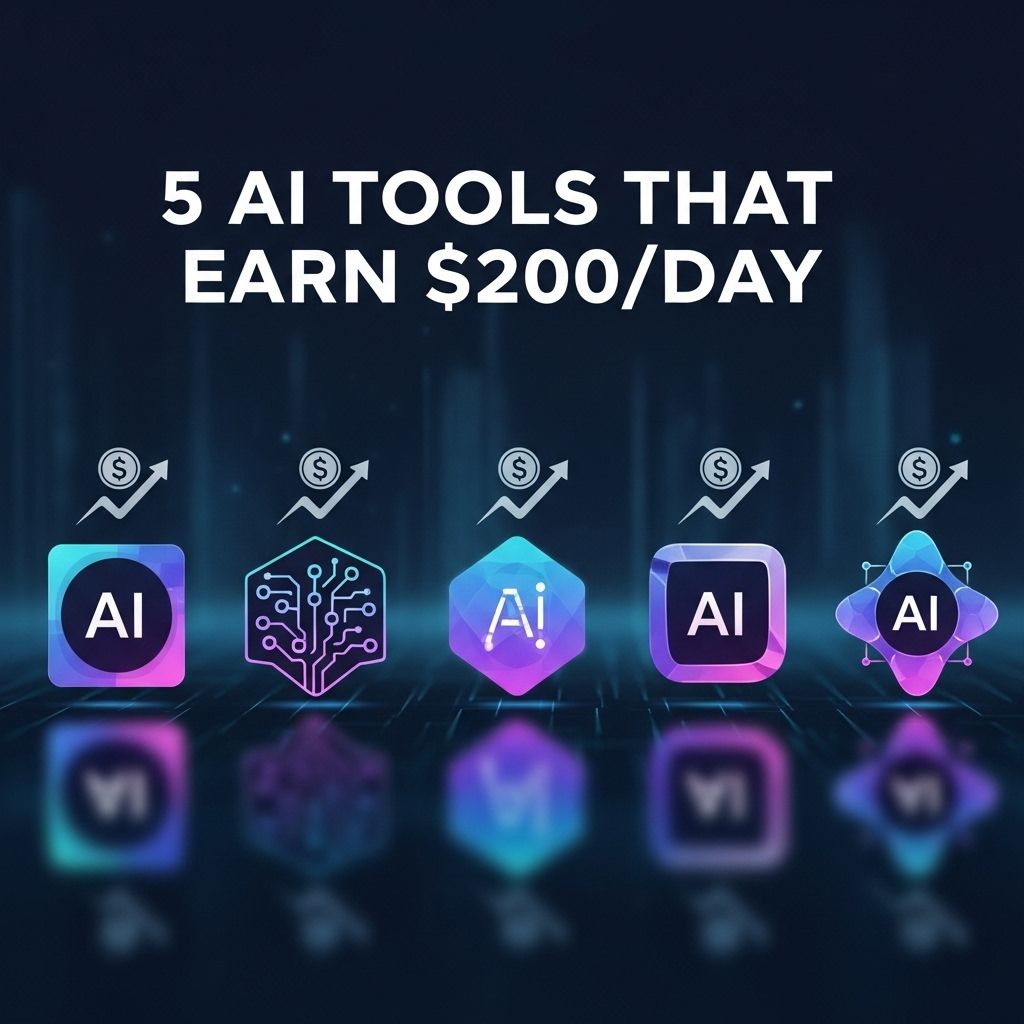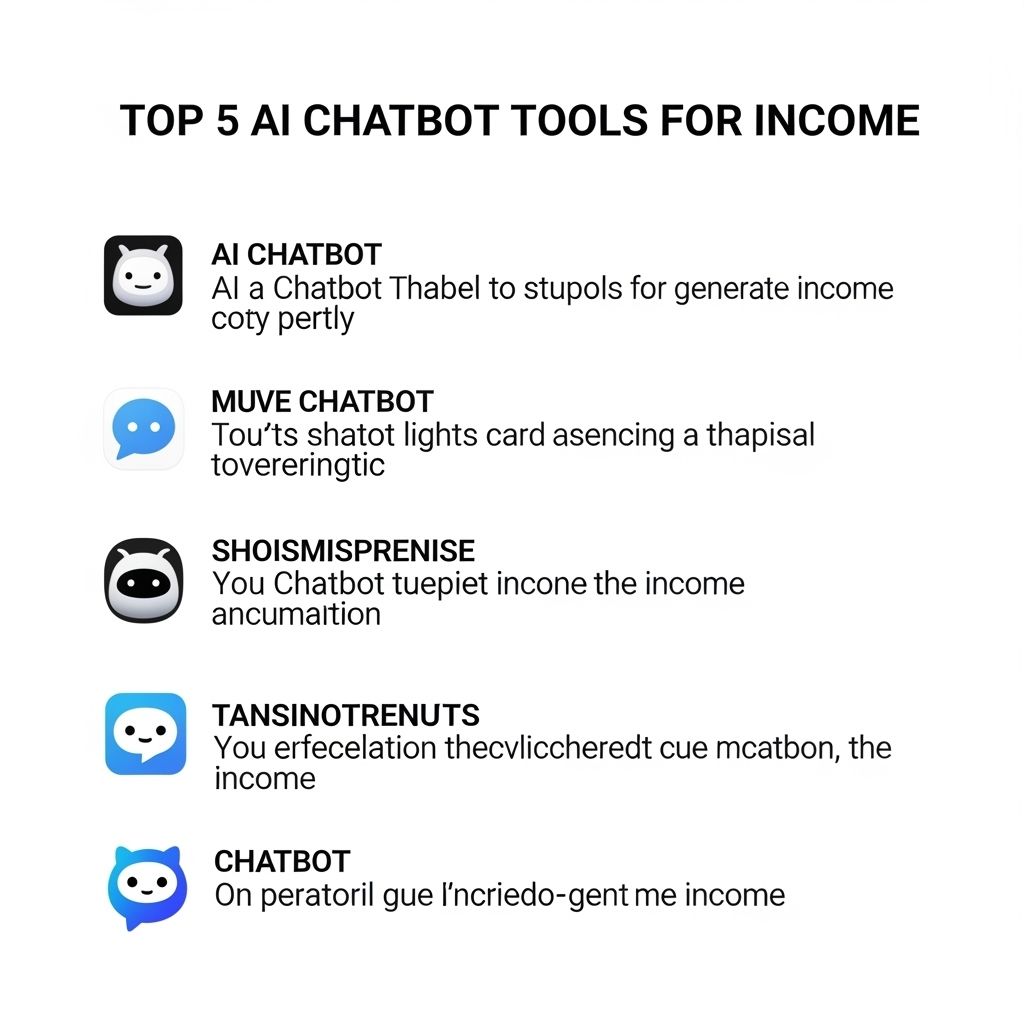As the field of natural language processing (NLP) continues to evolve, developers are presented with an increasing array of tools that enable them to harness the power of AI-driven language understanding. In 2025, the landscape of NLP APIs is rich with options, catering to various needs from sentiment analysis to language translation. This article explores the top five NLP APIs that stand out for developers looking to integrate sophisticated language processing capabilities into their applications.
1. OpenAI API
The OpenAI API has gained significant traction since its inception, thanks to its robust offerings and ease of use. Developers can leverage the advanced models developed by OpenAI, such as GPT-4, to create applications that generate human-like text, answer questions, and even engage in conversational dialogue.
Key Features:
- State-of-the-art language understanding and generation.
- Customization options for specific use cases.
- Support for multiple programming languages and platforms.
- Comprehensive documentation and community support.
Use Cases:
- Content creation and automation.
- Chatbots and virtual assistants.
- Interactive storytelling applications.
2. Google Cloud Natural Language API
Google Cloud’s Natural Language API allows developers to analyze text to gain insights about its structure and meaning. It offers powerful capabilities for entity recognition, sentiment analysis, and syntactic analysis, making it a versatile choice for applications dealing with content analysis.
Key Features:
- Supports over 20 languages for text analysis.
- Integration with other Google Cloud services.
- Real-time processing capabilities.
- Advanced machine learning models for high accuracy.
Use Cases:
- Sentiment analysis for brand monitoring.
- Content categorization for media and publishing.
- Customer feedback analysis.
3. IBM Watson Natural Language Understanding
IBM Watson’s Natural Language Understanding (NLU) API provides developers with tools to extract metadata from text, such as concepts, entities, keywords, categories, and sentiment. Its advanced capabilities make it a solid choice for businesses looking to derive insights from large volumes of text data.
Key Features:
- Pre-trained models for quick deployment.
- Custom model training for specialized use cases.
- Emotion analysis to understand user feelings.
- Language support for over 13 languages.
Use Cases:
- Market research and competitive analysis.
- Social media monitoring and sentiment tracking.
- Text mining for research purposes.
4. Microsoft Azure Text Analytics
Part of the Azure suite, Microsoft’s Text Analytics API offers a range of text analysis services, including sentiment analysis, key phrase extraction, and language detection. It is especially beneficial for developers already using Azure cloud services, as it seamlessly integrates with other Azure tools.
Key Features:
- Easy integration with Azure services.
- Support for real-time data analysis.
- Robust security and compliance features.
- Multi-language support with high accuracy.
Use Cases:
- Customer insights and sentiment reporting.
- Automated tagging and categorization of content.
- Feedback analysis for product improvement.
5. Hugging Face Transformers
Hugging Face has become a popular choice among developers due to its extensive model library and open-source community. The Transformers library provides access to a plethora of pre-trained models that can be fine-tuned for various NLP tasks, making it a flexible option for custom applications.
Key Features:
- Access to a large repository of models and datasets.
- Support for model fine-tuning and transfer learning.
- Active community and extensive documentation.
- API access as well as local deployments.
Use Cases:
- Custom chatbots and conversational interfaces.
- Language translation and interpretation.
- Research and experimentation in NLP.
Conclusion
The rapidly evolving landscape of NLP APIs in 2025 offers developers a multitude of options to enhance their applications with language processing capabilities. Whether you require a sophisticated language generation model like OpenAI, advanced text analysis through Google Cloud, or the flexibility of Hugging Face, there is an API to meet your needs. As the demand for NLP solutions continues to grow, staying informed about these tools will empower developers to create more engaging and intelligent applications.
FAQ
What are the top NLP APIs for developers in 2025?
The top NLP APIs for developers in 2025 include OpenAI’s GPT-4, Google’s Natural Language API, IBM Watson Natural Language Understanding, Microsoft Azure Text Analytics, and Hugging Face’s Transformers.
How can I choose the best NLP API for my project?
To choose the best NLP API for your project, consider factors like ease of integration, pricing, supported languages, specific functionalities, and the quality of customer support.
Are there any free NLP APIs available for developers?
Yes, many NLP APIs offer free tiers, including OpenAI’s GPT-4 playground, Google Cloud’s Natural Language API, and Hugging Face’s Transformers library, allowing developers to experiment without cost.
What features should I look for in an NLP API?
Key features to look for in an NLP API include sentiment analysis, entity recognition, language translation, text summarization, and support for multiple programming languages.
How do NLP APIs improve user experience in applications?
NLP APIs enhance user experience by enabling applications to understand and process natural language, facilitating better communication, personalized interactions, and more intuitive user interfaces.
Can I integrate multiple NLP APIs into a single application?
Yes, developers can integrate multiple NLP APIs into a single application to leverage different functionalities and improve overall performance based on specific use cases.




